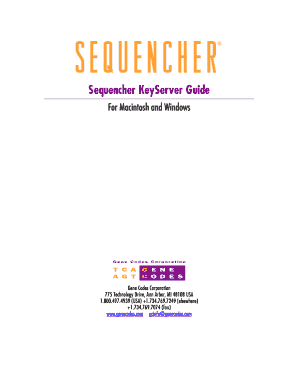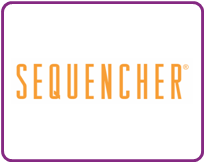

The team leader acts as a liaison for the HSLIC to the bioresearch community both within and outside of UW, serves in the library's liaison pool, and was recently appointed an affiliate instructor in the UW Department of Biomedical and Health Informatics (BHI) to facilitate collaborations with research faculty on grants and publications. The team leader is a biologist with a doctoral degree and “bench” experience in academic, governmental, and industrial research organizations as well as experience in the information technology (IT) industry and extensive contacts in both communities. Table 1 provides uniform resource locators (URLs) of resources and companies listed.Ĭentral to the BioCommons is the BioResearcher Liaison Team, composed of individuals with a wide range of expertise applicable to the BioCommons mission.

As detailed in the Bio21 plan, Washington's extensive efforts in biotechnology will broadly involve many biology-based technologies including imaging, diagnostics, and informatics and will require significant bioinformation support. Several major genomic mapping and sequencing programs are based at the UW, and the university serves as an incubator for the vibrant and growing biotechnology industry in the Seattle and Washington area. The UW is one of the nation's leading research centers and has ranked among the top five federally funded research institutions for the past twenty-five years. The UW HSLIC serves a diverse user base of clinicians, researchers, and students in the health and biological sciences across Seattle and beyond. (A) Exponential growth of DNA sequence data, RNA expression data, and protein structural data (B) the levels of biological organization and information and (C) the interplay between in vivo and in silico biologyĪn early leader in recognizing the importance of bioinformatics for medical libraries, the University of Washington (UW) Health Sciences Libraries and Information Center (HSLIC) began developing a bioinformatics program to enhance access to molecular sequence databases and other biological information resources in 1995. Next Steps/Future Directions: BioCommons is developing novel collaborative Web resources to distribute bioinformatics tools and is experimenting with Web-based competency training in bioinformation resource use. Recent surveys indicate substantial usage of BioCommons services and a high level of effectiveness and user satisfaction.


The BioCommons architecture provides a highly flexible structure for adapting to rapidly changing resources and needs.Įvaluation Mechanisms: BioCommons uses Web-based pre- and post-course evaluations and periodic user surveys to assess service effectiveness. The BioCommons is maintained and administered by the BioResearcher Liaison Team. Program Components: The BioCommons comprises services addressing internal University of Washington, not-for-profit, for-profit, and regional and global clientele. Setting: The University of Washington Health Sciences Libraries and Information Center BioCommons serves the bioinformatics needs of researchers at the university and in the vibrant for-profit and not-for-profit biomedical research sector in the Washington area and region.


 0 kommentar(er)
0 kommentar(er)
